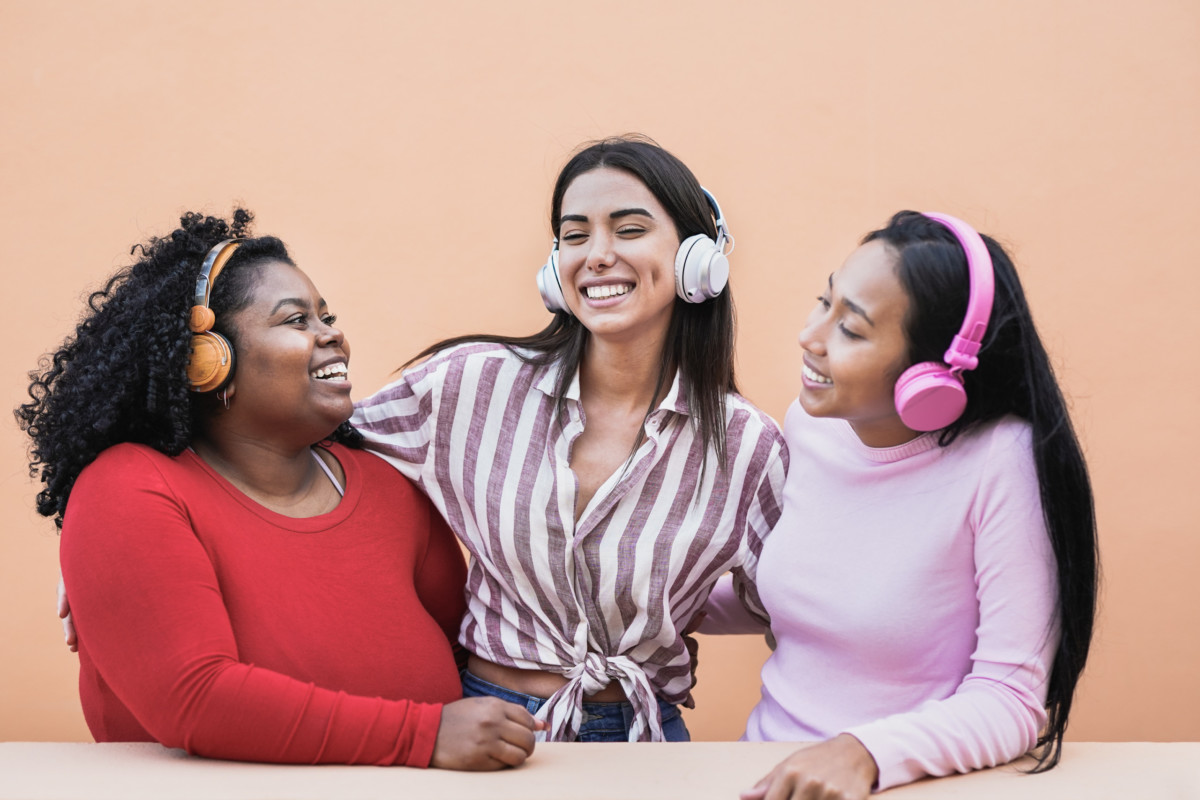The audio industry is constantly giving new opportunities to its users. A new player in the audio world is social audio. It’s a new form of social media in which communication happens only through audio.
Like they say: necessity is the mother of inventions. Everyone remembers how hard it was during the 2020 lockdowns. The deprivation of social contacts was a tough experience and people had to deal with it somehow. If there is a need, there will be an answer for it. The Clubhouse was founded in 2020 and is so far the most popular social audio platform. It’s a live conversation app, where people can create rooms and talk about any topic. The conversation isn’t usually recorded, but it can be if all of the speakers agree. It’s kind of a live podcast with a moderator (who takes care of following the rules), a few speakers and even thousands of listeners. There is no information overload, no wall to scroll through, no text messages or videos. It seems to be the best kind of relaxation after a whole day of being flooded with unnecessary information by everyone. One can simply focus on talking with someone or listening to a one-topic conversation. Other, well-known platforms like LinkedIn, Twitter, and Spotify, are also introducing new functionalities to their existing apps to provide users with possibilities Clubhouse offers. The interest in social audio shows that audio becomes a more social than intimate format. No wonder it does, as it was one of the few ways of fulfilling people’s social needs during lock-downs. Then it was mostly radio or recorded podcasts, but now live conversation streaming with the possibility to take part in such discussions.
As audio is growing new branches, new advertisement opportunities emerge. It’s worth noticing that audio is the best medium to keep the listener engaged. The retention rate of podcasts, audiobooks, and social audio is twice as high as written content. It means a lot, especially when you consider that the episodes of people’s attention tend to become shorter and shorter due to information overload. When it comes to visual content people glance at it and that’s all. On the other hand, audio is a medium consumed along with other activities such as: cleaning the house, driving a car, shopping or exercising. They’re more attentive so the messages sent to them will be delivered successfully. Moreover, people’s hands are usually busy in those kinds of situations and therefore they’re less likely to skip ads.
Social audio has lots of opportunities for brands as well as it has challenges.
Opportunities:
- A company can also create its own room and provide listeners with interesting content. (A good example can be Netflix, which organised a room “Bing TV” where people could talk to the actors of Malcolm and Marie about the show. This appears to be a great space for marketers.)
- Instant feedback from your listeners.
- A lot of new influencers, who can promote products.
- Giveaways and Ad-centered conversations
- Audio creator agencies that can connect brands with adequate creators
Challenges:
- It’s very difficult to measure social audio.
- PR problems. (The content usually isn’t recorded so the speakers can say whatever they want. Of course, there are regulations, but it is only up to the moderator whether they will be followed. Therefore it can be a great PR risk for a brand.)
To sum up, social audio is a new interesting proposition for audio advertising. Joining the social audio wave is certainly worth considering. As a brand, you want to tell your story in a way that best connects with new and current audiences. By diversifying the medium by which you create content around things that are important to your business, you allow different types of conversations and degrees of engagement. You have to use text with blogging, video with YouTube, short form with TikTok, and audio with social audio.
If you want to learn more about the topic click here.



